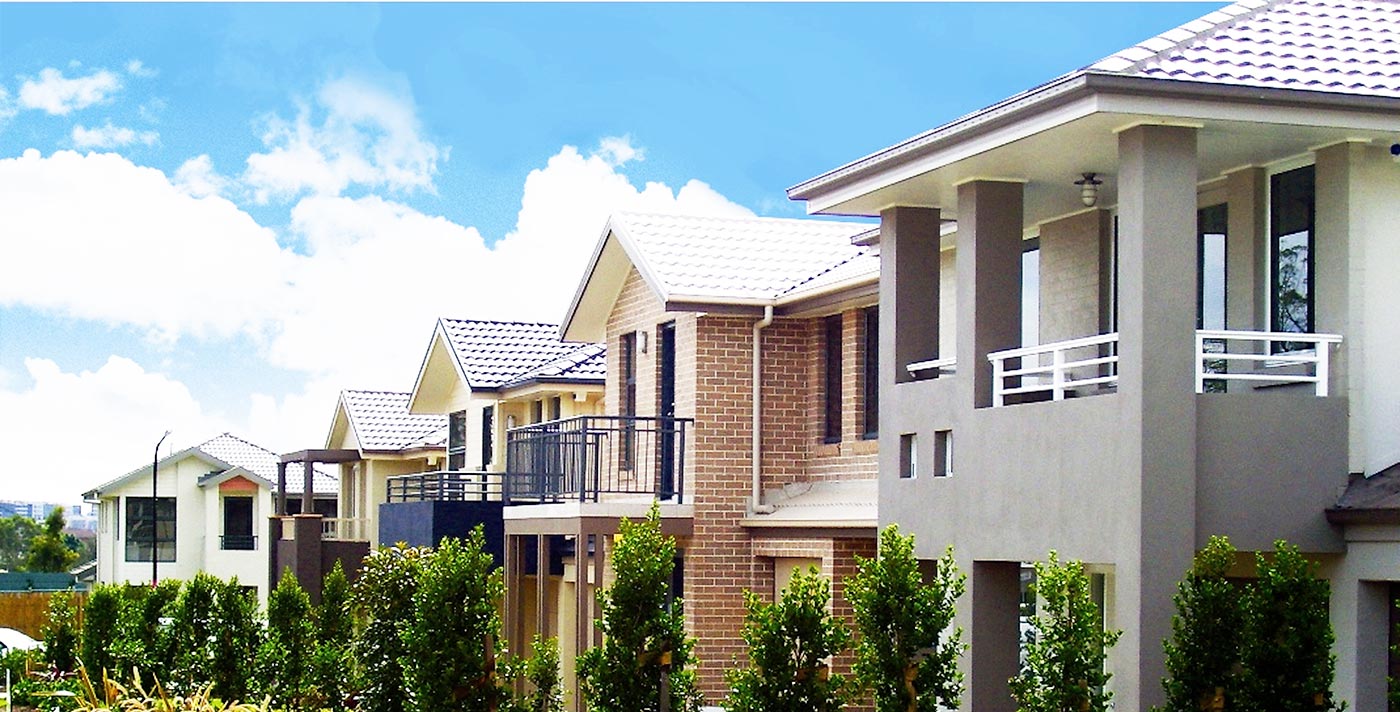residential
2.7 million additional homes needed by 2030
May 17th 2016 | , Urban Property Australia

AUSTRALIA’s property landscape is set to change significantly over the next 15 years with an estimated 2.7 million homes required to be constructed, according the Commonwealth Bank.
AUSTRALIA’s property landscape is set to change significantly over the next 15 years with an estimated 2.7 million homes required to be constructed, according the Commonwealth Bank.
The CBA’s Future Home Insights Series, the number of new homes are required to accommodate for the growing population.
The report forecasts that Australia’s population will grow to 30 million by 2030, from around 24 million today.
CBA senior economist Michael Workman said there are a number of economic, cultural and demographic trends emerging that may significantly influence the Australian market over the longer-term.
“An increasing population is one factor which can put upward pressure on house prices, therefore it is important new construction activity keeps pace with population growth.
“This is further underpinned by Australia’s high urbanisation, with 89% living in metropolitan area, keeping demand high for metropolitan living, and the growing popularity of apartments, townhouses and semi-attached dwellings,” Workman said.
According to the CBA, Australian houses are still among the largest in the world, however the average floor area of new dwellings has contracted by 0.7% between 2004 and 2013.
The report found multi-unit dwelling construction is a major driver of the current construction cycle, half of new dwelling investment in this segment, well above the 30% long-term average.
The report also found one-person households are the fastest growing group as of 2016, as many Australians marry later, live longer, and divorce more common.
Workman said this trend is likely to have a significant impact on the housing market, with smaller apartments and houses configured to suit the lone resident becoming more common.
The report tipped that one in five Australians would be over the age of 65 by 2030, from 3.6 million individuals today to 5.7 million – the largest increase of any age group.
“Different age groups have different housing needs. An ageing population may fuel demand for accommodation that can enable a stimulating lifestyle. Factors such as easy access to quality health care, public transport and safety, will influence demand and supply,” he added.
Meanwhile the report found the price of unrenovated dwellings may increase amidst competition for property that can be improved.
The CBA expects $32 billion in alterations and additions spending in 2016 alone, representing 36% of total spending on residential investment.
The report also said the Australia workforce is experiencing a significant nationwide shift to knowledge and service-based professions, with 70% of Australia’s gross domestic product now coming from the services sector.
“Future homes will need to cater for a mobile and digitally-focused workforce, particularly as more companies introduce remote and flexible work arrangements,” Workman said.
Property Review Australia – 16 May, 2016



